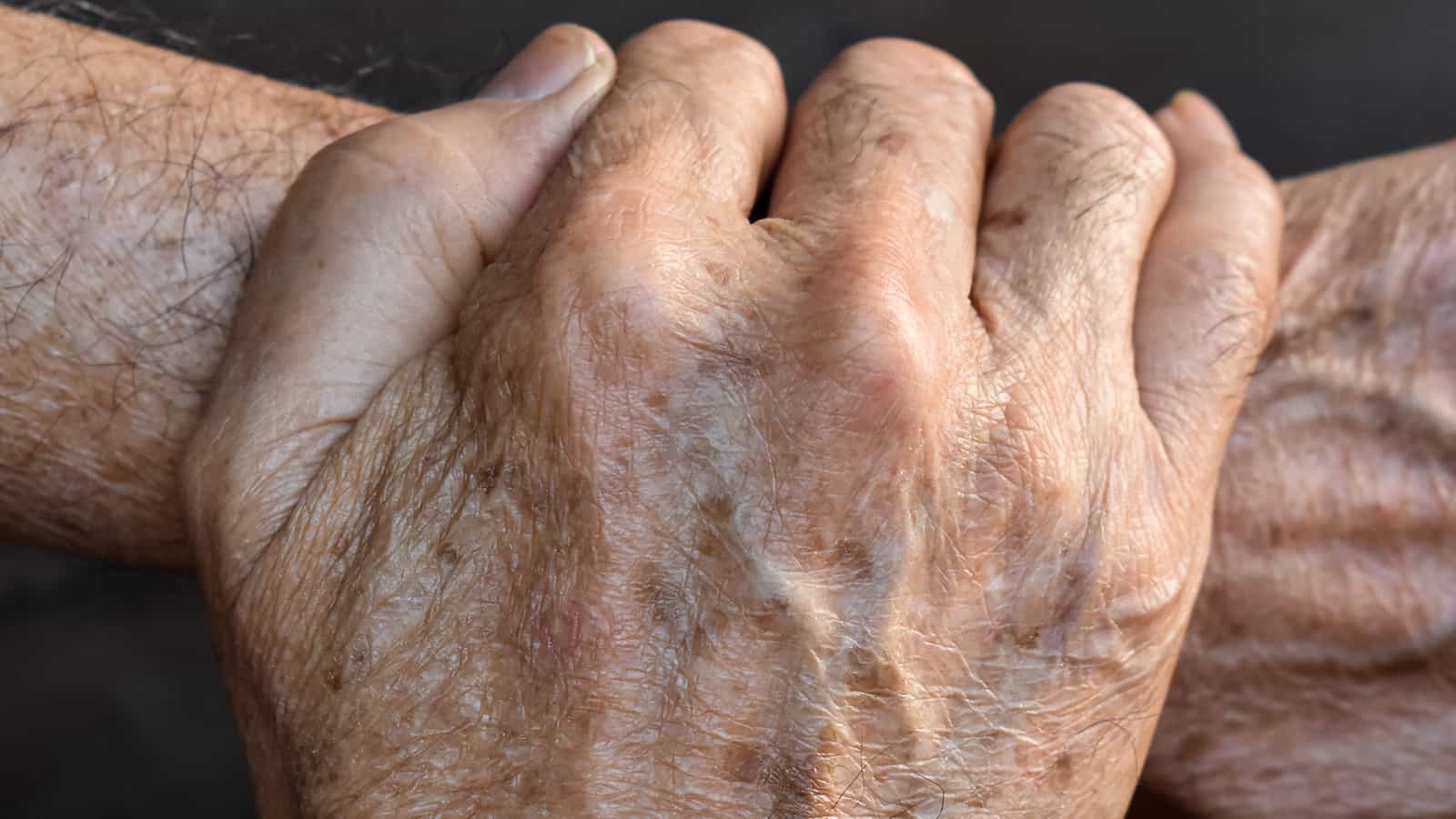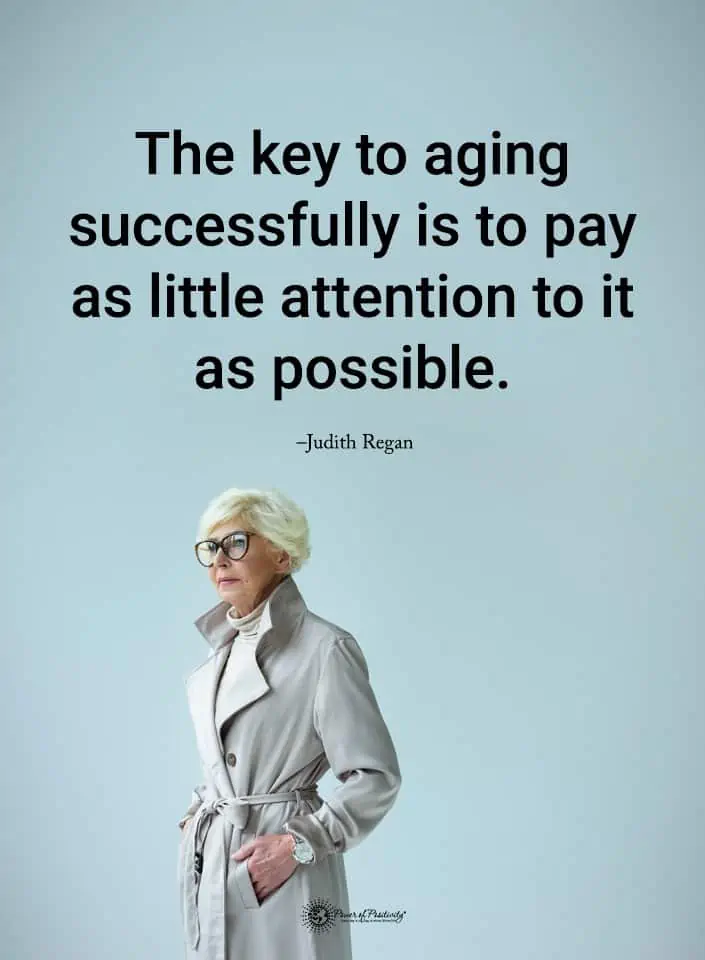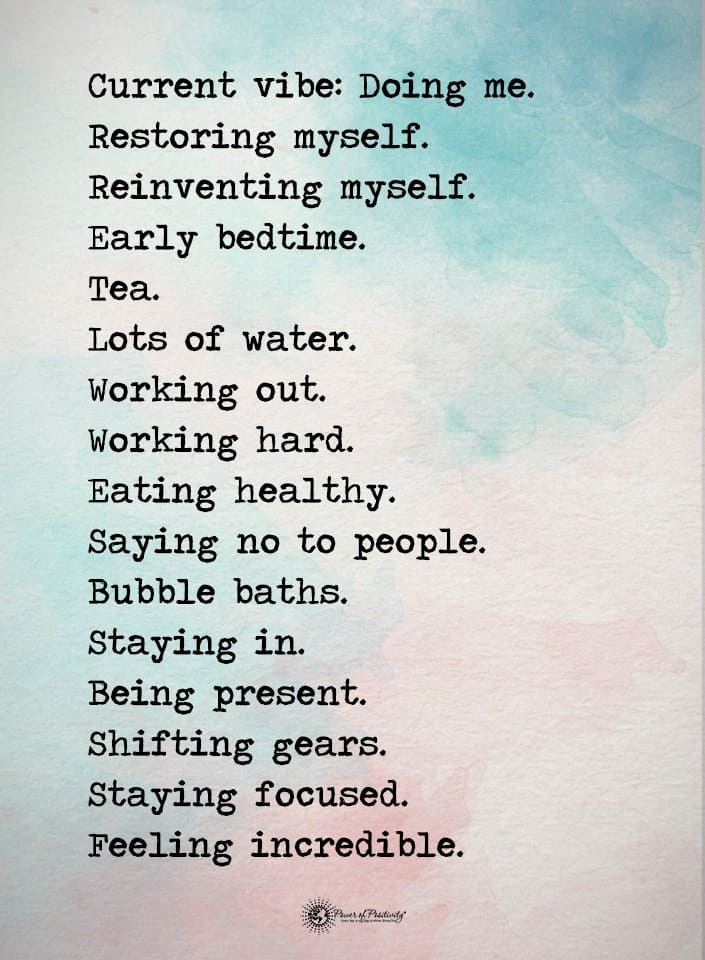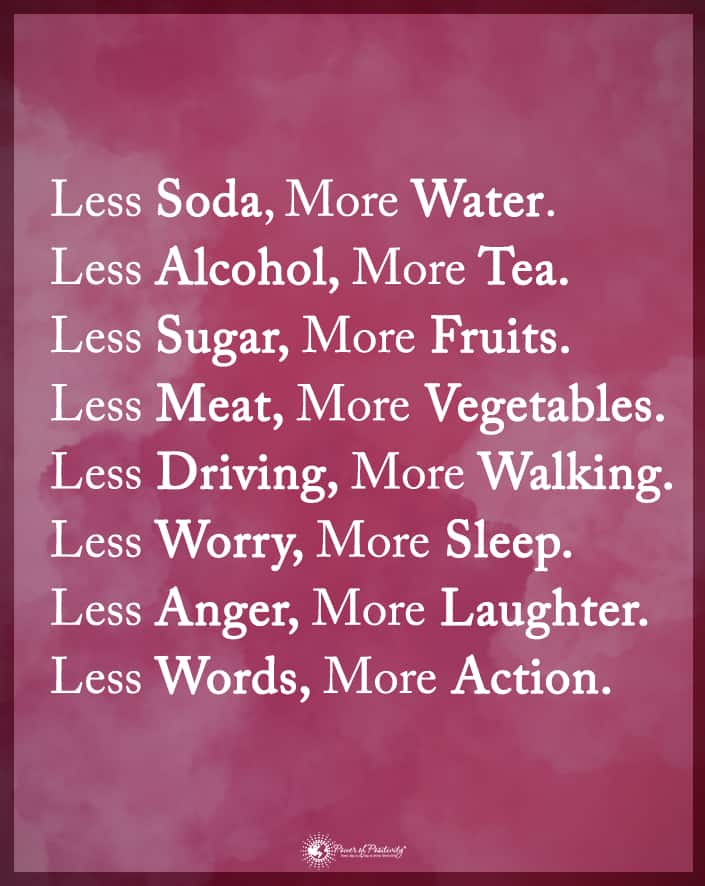As you get older, you’ll notice your skin changes. Whether it’s the tiny lines around your eyes or wrinkles on your forehead, your skin looks different from when you were young. One change many people notice right away is the dark spots on their hands. You may wonder what causes these dark spots. Here are eight reasons you have dark spots and, more importantly, how to get rid of them.
What are the dark spots on your skin?
Sometimes called age spots, solar lentigines, or liver spots–dark spots on your hands that come from the hyperpigmentation of your skin. Besides finding them on your hands, you may have some hyperpigmentation under your eyes, on your chest, or neck. These areas are more sensitive as you get older, and the skin looks thinner. The dark spots are a surplus of something called melanin. Melanin is the natural pigment found in your skin. It gives your skin its color. The darker your skin shade, the more melanin you have. Age spots happen when your body makes too much melanin. The melanin gets massed together, forming flat, oval shapes on your skin. Dark spots don’t hurt, and they’re not dangerous, but some people don’t like them.
1 – Vitamin E deficiency
Dark spots get worse as you age. According to studies, vitamin E may help reduce them. There’s not much evidence in humans yet, but vitamin E deficiencies in lab rats caused skin changes. So, in case vitamin E deficiency results in dark spots, try to get enough vitamin E in your diet. Add these foods to your diet to increase your vitamin E.
- Sunflower seeds and oil
- Soybean oil
- Almonds
- Pine nuts
- Brazil nuts
- Pistachio
- Peanuts and peanut butter
- Beet greens
- Collard greens
- Spinach
- Red bell peppers
- Pumpkins
2 – You’re over fifty
Once you’re over fifty, you notice signs of deterioration and discoloration on your skin. The damage could have occurred years ago, but it may not show up until you’re older. After 50, your body doesn’t produce as much collagen or elastin as it did when you were younger. These proteins make your skin look plump, smooth, and healthy.
3 – Fair skin makes you more inclined to develop dark spots
You’re more apt to get age spots if you have fair-colored skin. You don’t have as much melanin as someone with dark skin, so if you’re in the sunshine, you’re more likely to develop age spots on your hands, face, and arms.
4 – You’ve had bad sunburns in the past
Back in the day, beach babes put baby oil on their skin to get a nice sunburn that would later turn into a tan. Little did they know that they’d have age spots on their skin a couple of decades later. There was a lack of understanding back then about how sunburn damages your skin. If you’ve had bad sunburns in the past, you’re more apt to develop skin problems later in life, including age spots or cancer.
5 – Dark spots might appear if you use a tanning bed
Tanning beds, like the sunshine, can damage the skin. There’s a misconception in the United States that a tan makes you look healthy. Because of this, many people unknowingly use tanning beds to achieve the “tanned” look. What they don’t realize is that they’re damaging their skin. Tanning beds use UV lights that cause dark spots, just like the sun’s rays.
6 – You spend a lot of time in the sunshine
Spending time in the sun makes you prone to dark spots, especially as you age. The ultraviolet light speeds up your body’s production of melanin. After years of exposure to the sun’s rays, the melanin masses together into dark pigmentation spots.
7 – Genetics can increase your chances of dark spots
You might be predisposed to get dark spots if your parents or grandparents had them. This may be because of your skin tone and your hereditary tendencies. You can’t change your family genetics, but you can take certain precautions to avoid getting dark spots.
8 – Ultraviolet rays from artificial sources
Being in the sunshine exposes you to ultraviolet rays (UV rays), but many artificial sources of UV rays can also cause dark spots.
- Black-light lamps: These lamps give off UV rays.
- Sunlamps: How long you’re exposed to this type of lamp determines how many UVA rays you’re exposed to. These lamps treat people with seasonal affective disorder (SAD) to reduce their depression. Limit your time under this lamp if you have this condition.
- Mercury-vapor lamps: These are used to light public areas like gyms or streets. When they’re working correctly, you’re not exposed to UV rays, but UV rays can escape if the outer bulb gets broken. Protective measures have been created to avoid breakage of the outer bulb, but they’re often not installed correctly or faulty.
- High-pressure xenon or xenon-mercury arc lamps or plasma torches: These sources of UV rays are used in many things like solar panels or even car headlights. So, depending on how much you’re exposed to these lights at work or home, you risk getting dark spots on your skin.
- UV lamp: UV lamps, or germicidal lamps as they’re sometimes called, are used to disinfect water, nonporous surfaces, or air. This radiation reduces bacteria growth and spread. Exposure to this radiation causes burns on your skin. It’s important to avoid direct skin exposure to UV radiation and to never look directly at a UV lamp, not even for a second. Studies show that the UV rays emitted by these germicidal lamps put humans at risk for skin cancer or cataracts.
How do you get rid of dark spots?
Here are a few treatments that can help decrease dark spots.
1 – Over-the-counter skin-lightening products
You can buy fade creams and lotions to lighten your dark spots. They may have some effect on them. You may not notice fading until you’ve used it for several weeks or months. Some skin-lightening products aren’t safe because of high levels of mercury. Mercury damages your kidneys and nerves. Avoid using these skin-lightening ingredients, such as
- Calomel: The United States recently banned this ingredient. If you buy skin products from overseas, be sure they don’t contain this chemical.
- Cinnabaris
- Quicksilver
- Hydrargyri oxydum rubrum
- Any product that has the word mercury or mercuric in it
2 – Vitamin C
Vitamin C can fade hyperpigmentation like dark spots.
3 – Laser and intense pulsed light
Your dermatologist can use laser light therapy to destroy the melanin cells without hurting your skin. It can take several sessions for the dark spots to fade totally.
4 – Freezing off dark spots
Freezing is a procedure by a dermatologist to remove dark spots. They apply liquid nitrogen for several seconds. This will destroy the excess pigmentation. Your skin will heal lighter than before. There is a slight risk of scarring when you get this procedure.
5 – Chemical peel
This is a chemical solution applied to your skin to remove the dark spots. It may cause some reddening or scarring of your skin.
When to contact your doctor for advice on age spots
Contact your doctor if you notice any of these conditions on or around your dark spots.
- Growing larger
- Bleeding
- Changes in colors
- Getting irregular sides
How to prevent dark spots
If you already have dark spots, you’ll want to protect yourself from getting more. Here are some suggestions to prevent getting more age spots.
- When you’re outside, stay in the shade.
- Choose to be inside during the hottest times of the day (10:00 to 3:00).
- Wear protective clothing that covers arms and legs
- Put on a hat with a big brim to protect your face, head, and neck.
- Always wear sunglasses to protect your eyes and the skin near your eyes from UV rays.
- Wear zinc-based sunscreen on the exposed parts of your skin. Reapply every few hours.
- Don’t use a tanning bed.
- Choose to make up with an SPF.
Final thoughts on understanding the causes of dark spots and how to treat them
Skin problems like dark spots are part of aging. You may notice these on your hands, face, or your neck. Of course, you can age gracefully if you take precautions to protect your skin. Hyperpigmentation of the melanin in your skin is primarily because of sunshine’s UV rays. Here in the west, it’s thought that a “healthy” tan is a good thing. This thinking has caused many people to damage their skin and get age spots. Of course, other things contribute to dark spots like being fair-skinned or even some artificial UV lamps that most people are exposed to without knowing it. The best thing you can do is protect your skin the best you can and avoid tanning beds and too much sunshine.



















